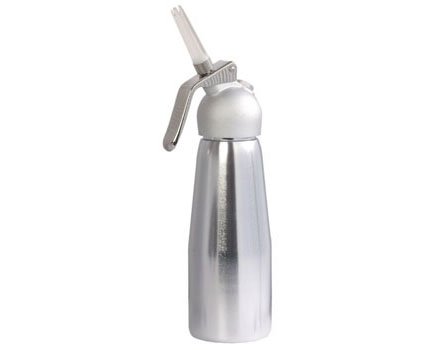Having wondered about a baking method that would allow me to use baking powder and yet store prepared doughs in fridge for a few days, I thought that what might work is the intravenous injection.
I could either inject air before baking, or baking powder, or could put baking soda into the dough and when injecting I might put in just the lemon juice, thus activating the reaction at the point of the needle.
I don't believe baking powder with water would work, as that would bubble up straight in the syringe hold.
Assuming you want to keep the dough in the fridge for a day or two, don't want to use yeast and don't want to freeze, which would you choose?
I could either inject air before baking, or baking powder, or could put baking soda into the dough and when injecting I might put in just the lemon juice, thus activating the reaction at the point of the needle.
I don't believe baking powder with water would work, as that would bubble up straight in the syringe hold.
Assuming you want to keep the dough in the fridge for a day or two, don't want to use yeast and don't want to freeze, which would you choose?

